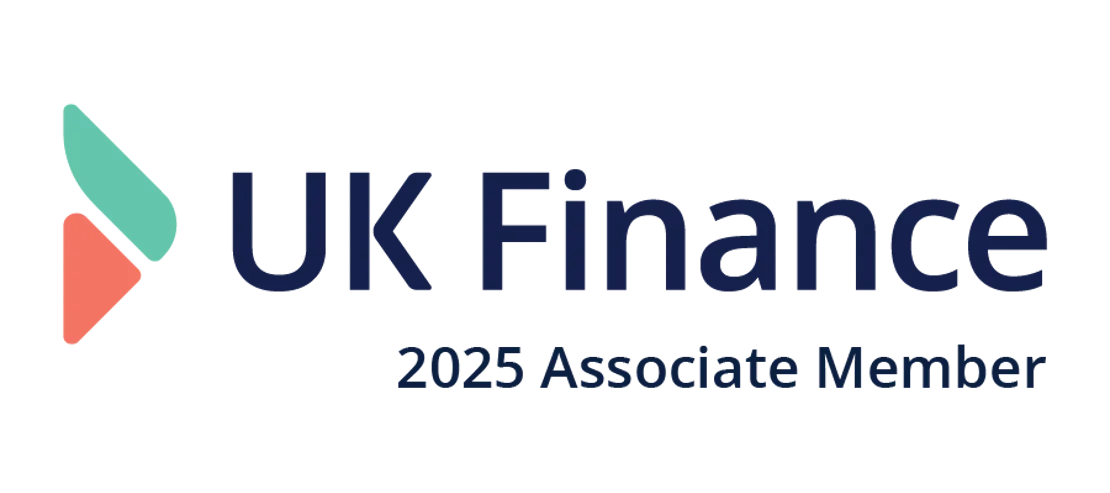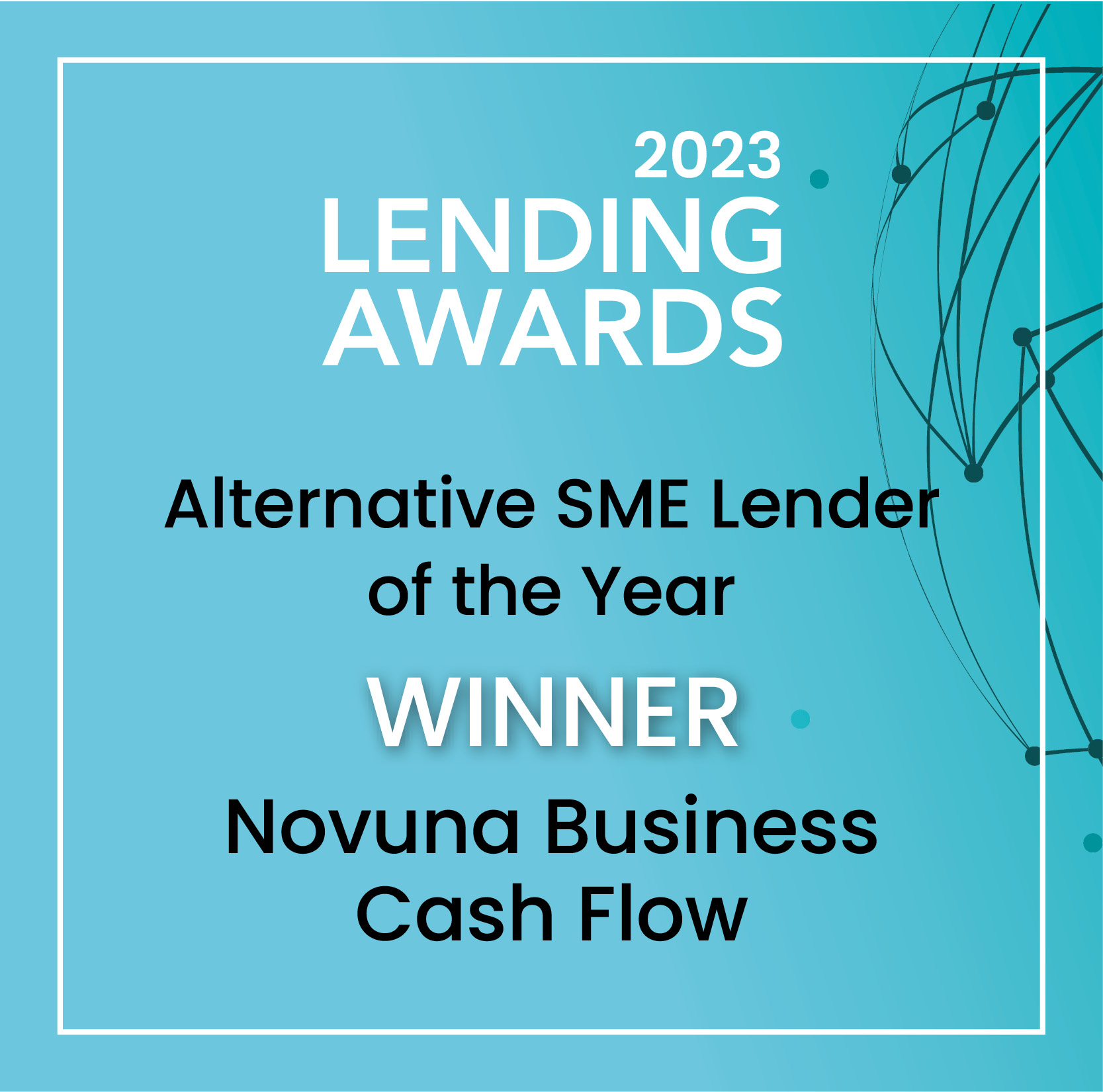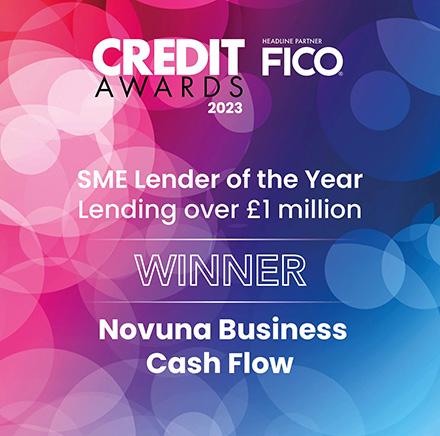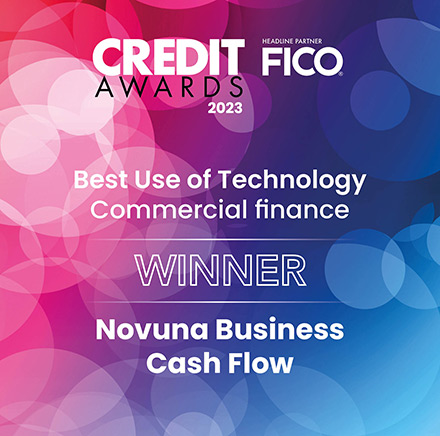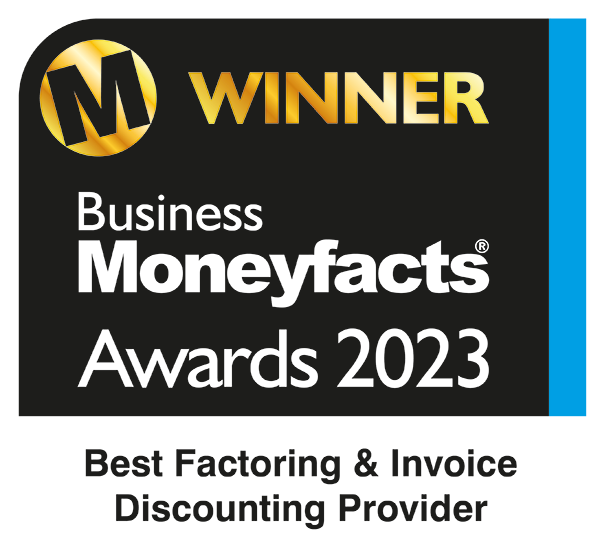Invoice trading
-
Cash flow challenge: I want to unlock cash from invoices without committing to a long-term finance facility.
-
Perfect for: Business owners who want flexibility to raise funds by trading individual invoices with investors online.
Novuna helps you unlock cash by trading your unpaid invoices with finance providers, giving you fast access to working capital.
Fast decisions. Flexible options. Funding over £2bn to more than 1,000 SMEs every year.
Call us on 01952 956920 to speak to a real cash flow expert. We’ll help you apply for the right type of finance and make sure you get a great deal for your business.
Or click 'Boost your cash flow' below to compare providers.
Related debt financing options
Pages in this SectionWhat is invoice trading?
Invoice trading is a flexible form of invoice finance that allows businesses to raise cash by selling individual unpaid invoices to investors through an online platform. Unlike traditional facilities such as invoice factoring, you’re not tied into a long-term agreement.
Instead, you decide when and which invoices to trade, giving you complete control over your cash flow strategy. When your customer pays the invoice in full, the balance (minus fees) is released back to you. This makes invoice trading a quick and efficient way to turn receivables into immediate working capital.
How it works with Novuna Business Cash Flow
- Tell us about your business and invoice profile
- We compare providers and recommend a great deal for your situation
- Choose from our in-house solution or an alternative fit
- Onboard quickly and unlock cash against your invoices
Fast decisions. Flexible options. Funding over £2bn to more than 1,000 SMEs every year.
Is invoice trading right for you?
You want flexibility to fund only selected invoices
Trade one invoice at a time instead of committing to a full finance facility.
You prefer short-term, on-demand finance
Access cash quickly when needed, without long-term contracts or commitments.
You want to avoid additional debt
Invoice trading converts receivables into cash without taking on new borrowing.
If that sounds like your business, we’ll help you compare lenders and get funding fast.
Novuna can support businesses with a range of late payment challenges
What is your funding challenge?
I want the lender to manage collections on my behalf
I only want to fund selected invoices
I want suppliers to be paid upfront so I can extend my payment terms
I want expert help managing late payments
How we help
How Novuna helps businesses access funding fast
Tell us what you need
Start with a simple form or call - tell us your business challenge.
We compare your options
We compare multiple providers to get you a great deal.
Choose the right type of funding
Access a range of short-term funding options including loans, advances, and invoice finance.
Apply with expert support
Get help applying - with a real expert on hand throughout.
Get clear, transparent terms
No jargon, no surprises – just honest advice with no hidden fees.
Receive funding fast
Get access to finance quickly so you can focus on your business.
Why take action now
Don’t let unpaid invoices hold your business back
Why choose Novuna Business Cash Flow?
Why businesses trust us for invoice finance
We're highly rated by our existing customers


"The communication and support has been outstanding. Providing me with all the information I needed regarding new clients coming onto our books. The system they use is so user friendly and the drawdown payments are very efficient in the fast moving world of temporary payroll.'
More reviewsWe're a multi-award winning business cash flow specialist
What invoice trading looks like in your sector
Get tailored advice for your business:
What is invoice trading?
Invoice trading is a short-term finance solution where businesses sell unpaid invoices to investors to unlock immediate cash flow instead of waiting for customers to pay.
How does invoice trading work?
Businesses list invoices on an online trading platform. Investors buy these invoices at a discount, and when the customer pays, the investor receives the full payment earning a small profit.
What are the benefits of invoice trading?
Invoice trading provides fast access to working capital, reduces cash flow gaps, and doesn’t require long-term contracts or personal guarantees. It’s flexible and scalable for growing UK businesses.
How is invoice trading different from invoice factoring?
Invoice trading involves selling invoices to multiple investors through an online platform, while factoring typically means working with a single finance provider who manages your collections.
